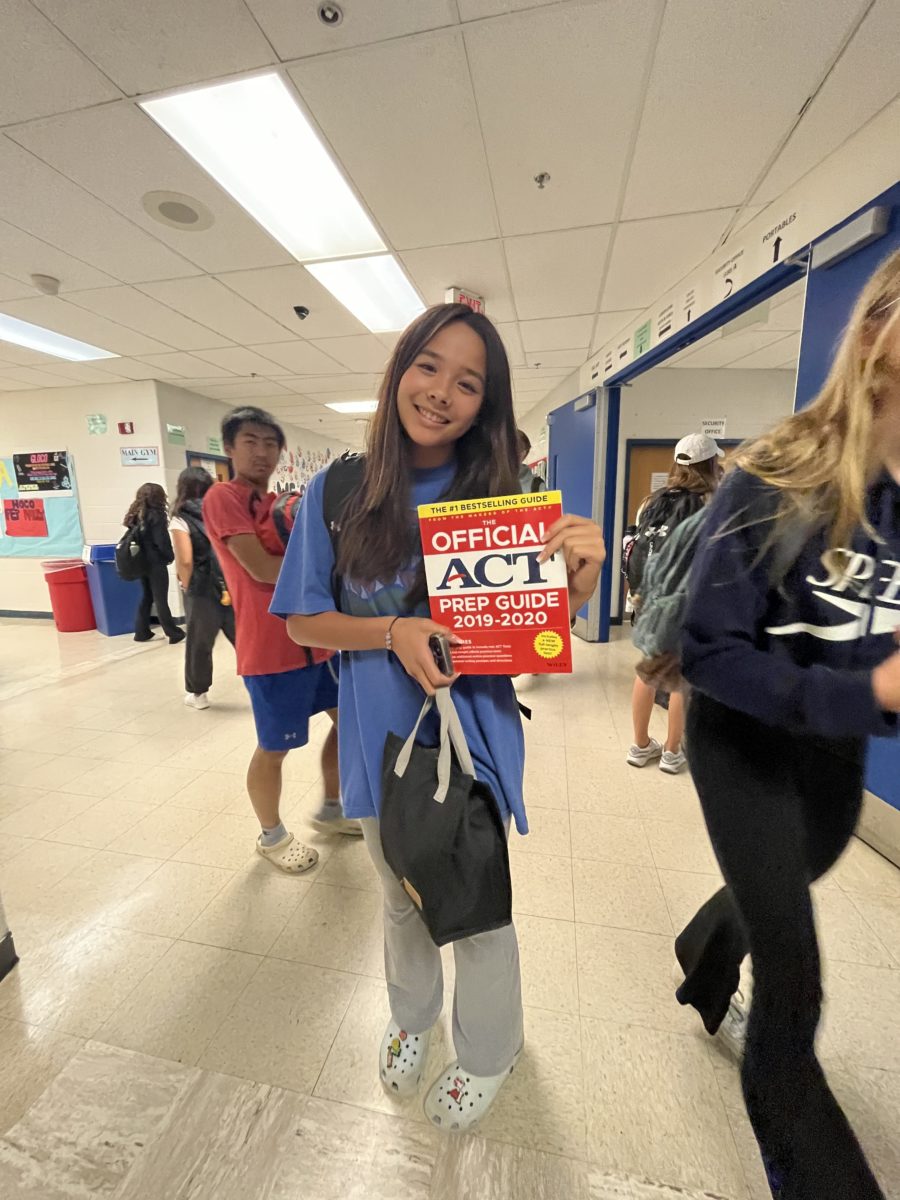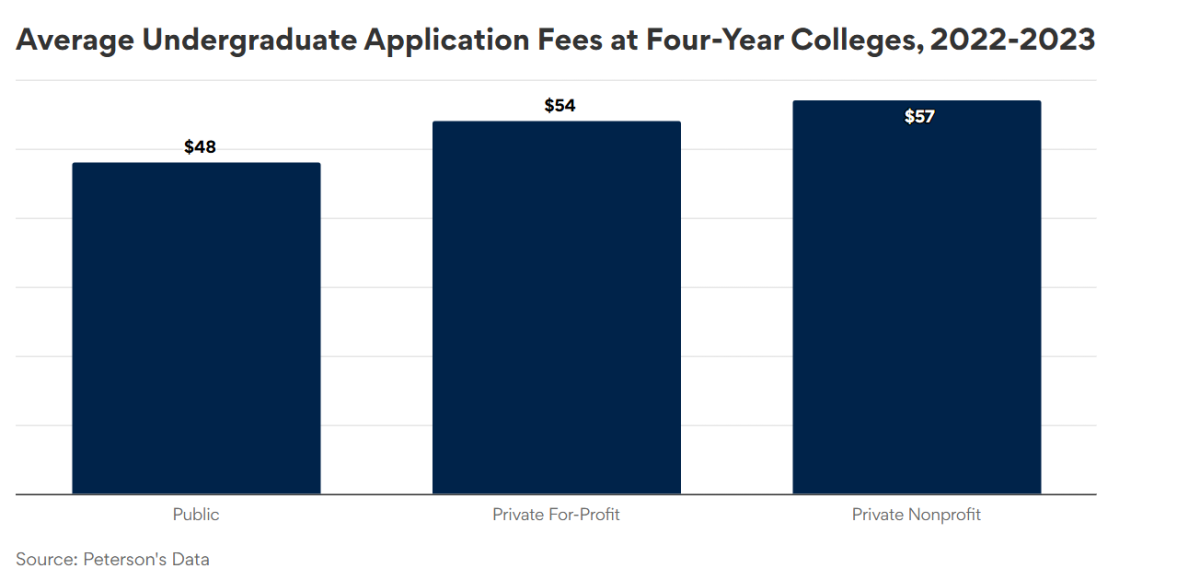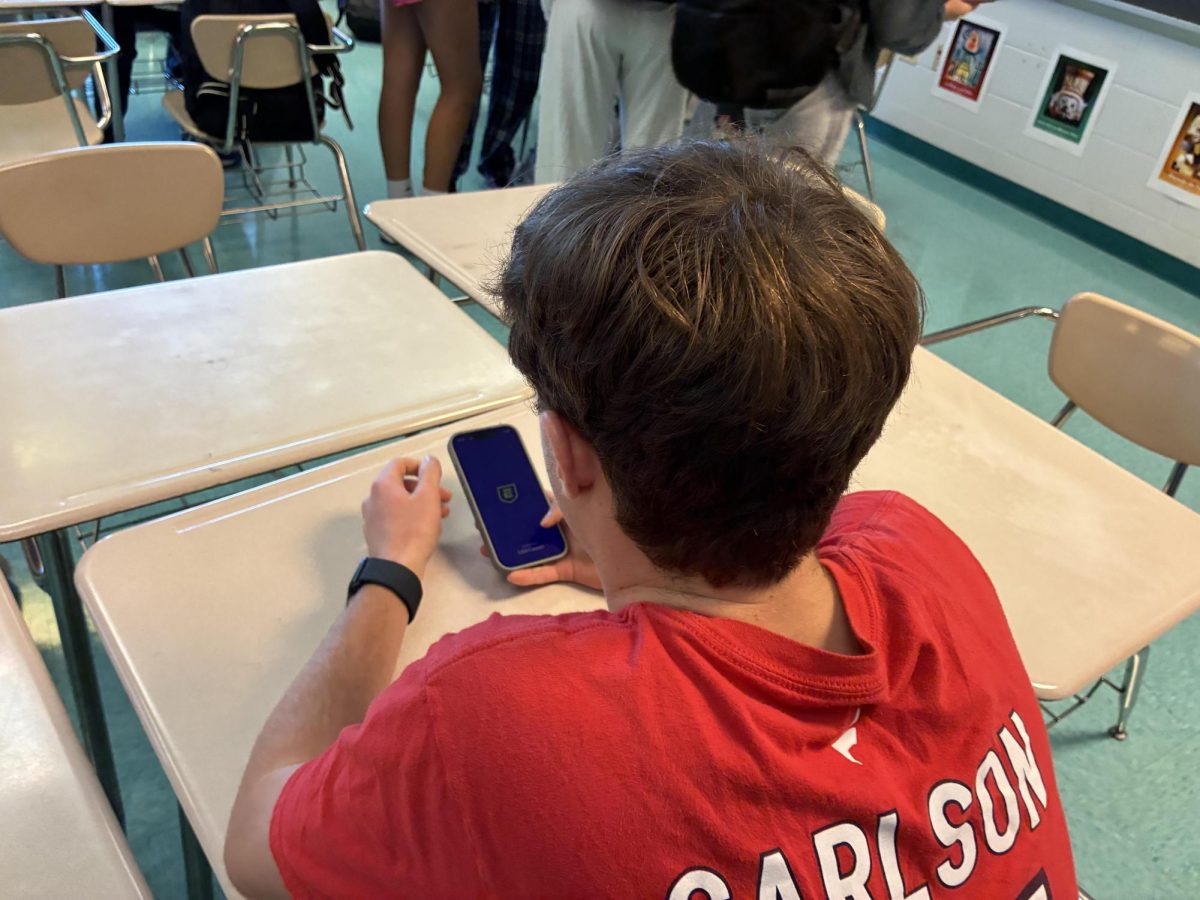The excitement of a high school graduation and the freedom of leaving home for college can be short-lived when juniors begin the process of studying and preparing for the SATs or ACTs.
Students are given the choice to take the SAT or the ACT, neither of which are no longer mandatory for admission into most colleges. Both tests are time-consuming, with rigorous preparation needed to study all topics that appear on them. Juniors are planning this process by talking with seniors and recent high school graduates to get advice about strategic studying and which exam is best for them.
Students should create a timeline with goals and objectives to accomplish prior to taking the exam. This process includes signing up for the test, self-studying, or signing up and participating in a pre-SAT/ACT study program. Juniors should review and compare the different parts of both the SAT and ACT examinations in combination with their interests, favorite classes and potential colleges.
The SAT is a standardized test widely used for college admissions in the United States. The PSAT is a practice exam for sophomores and juniors to get experience for the actual SAT, which is scored between 400-1600. The ACT has four parts with a writing component. Similar to the SAT, you are being challenged to show your ability to comprehend information, consider questions and process answers. The SAT examination has more math coverage versus the ACT, which has more science. Junior Salwa Moumneh plans on taking the SAT. “Right now I’m doing practice SAT packets that my mom printed out for me,” Moumneh said.
In the past, most colleges and universities in the United States required applicants to submit a score on either the SAT or ACT. Recently, schools have changed this entrance policy making the pre-college tests optional. Students must first consider their career path and then decide what gives them the best chance to be accepted at their top schools. The path is different for each student depending on their career goals and where they might want to live. “Currently I’m still in search of a tutor but as of now I’m taking some practice tests, and reviewing videos. My practice work books are my go to material,” junior Jennifer Miranda.
Choosing a college is a major life decision. Prior to making a final choice, students should focus on aspects like academic programs, location, cost, graduation rates, library resources, networking, job opportunities, and how it all connects to hopes and dreams in your career. The common theme is to get started and take practice exams. “Study as early as you can, take the PSAT beforehand so you know what to expect. The test also moves at a quick pace so time management is important too,” senior Elijah Kiwalabye said.







![Editors-in-Chief Ahmed Ibrahim, Helen Manolis, Cameron Cowen, Alex Grainger, Emory Scofield, Hayley Gottesman, Rebekah Buchman and Marley Hoffman create the first print magazine of the year during the October press days. “Only a quarter of the schools in MCPS have programs that are like ours, a thriving, robust program. That makes me really sad. This is not just good for [the student journalists] to be doing this, it’s good for the entire community. What [student journalists] provide to the community is a faith in journalism and that continues for their lifetimes," Starr said.](https://woottoncommonsense.com/wp-content/uploads/2025/10/wmpoFTZkCPiVA3YXA4tnGoSsZ4KmnKYBIfr18p3l-900x1200.jpg)
